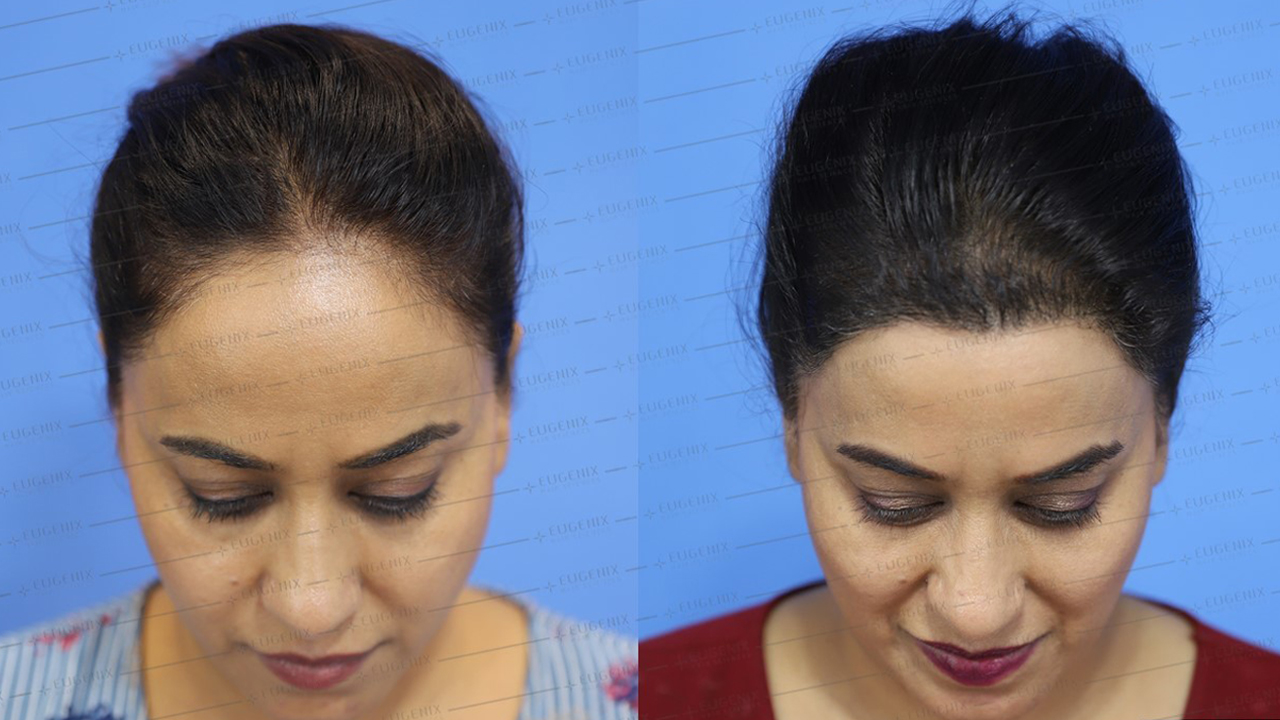Cozmoderm Clinic | Best Dermatology Clinic For Skin and Hair Care In Nagpur
Hair Transplant In Yavatmal
Home / Hair Transplant In Yavatmal

Hair Transplant
A hair transplant is a surgical procedure that involves the removal of hair follicles from one area of the body, typically referred to as the “donor site,” and transplanting them to another area of the body, known as the “recipient site.” The primary purpose of a hair transplant is to address hair loss or baldness in specific areas, typically the scalp, but it can also be performed on other parts of the body, such as the eyebrows, eyelashes, beard, or chest.It is considered a safe and effective solution for addressing male pattern baldness, female pattern baldness, and certain types of hair loss caused by injury, scarring, or medical conditions.
Symptoms
- Infection: Infections at the donor or recipient sites are possible but rare. Symptoms may include increase redness, swelling, warmth, pain, and discharge. Prompt medical attention is necessary if an infection is suspect.
- Numbness and Tingling: Some patients may experience numbness or tingling in the scalp, particularly in the donor area. This is usually temporary and relate to nerve irritation during surgery.
- Scarring: In some cases, minimal scarring may occur at the donor site. Skill surgeons use techniques to minimize scarring, and it is often not visible when hair is at a reasonable length.
- Unnatural Appearance: Occasionally, the transplant hair may initially appear too dense or unnatural. This usually improves as the hair matures and grows naturally.
- Cysts: Small, pimple-like cysts may form at the recipient site. These are usually harmless and can be treate if necessary.
Causes
- Hormonal Changes: Hormonal changes, such as those during pregnancy, menopause, or thyroid disorders, can contribute to hair loss.
- Medications: Some medications, such as chemotherapy drugs, may cause temporary or permanent hair loss.
- Trauma or Injury: Physical trauma, including burns or injuries to the scalp, can result in hair loss that may be treat with a hair transplant.
Treatment of Hair Transplant
The first step is to consult with a qualifie and experience hair transplant surgeon.
- Preoperative Planning: If you are a candidate for a hair transplant, the surgeon will create a customize treatment plan. This plan will include details about the number of grafts need, the donor site selection, and the hairline design.
- Donor Hair Harvesting: The surgeon will typically harvest donor hair from the back or sides of your scalp, which is genetically resistant to hair loss. This area is known as the “donor site.” There are two primary methods for hair harvesting:
- Follicular Unit Transplant (FUT): In this method, a strip of skin containing hair follicles is remove from the donor site, and individual follicular units are dissecte and prepare for transplantation.
- Follicular Unit Extraction (FUE): FUE involves the extraction of individual hair follicles directly from the donor site using a specialized tool. This method does not leave a linear scar.
- Recipient Site Preparation: The surgeon will make tiny incisions or recipient sites in the balding or thinning areas where the hair will be transplante. The placement and angle of these sites are crucial for natural-looking results.
- Graft Transplantation: Hair grafts, which can contain one to several hair follicles each, are carefully implanted into the recipient sites. The surgeon will pay close attention to the aesthetic aspects, ensuring a natural hairline and distribution.
- Postoperative Care: After the procedure, you’ll receive instructions for postoperative care. This includes information on how to care for the transplant area, any medication you may need to take, and restrictions on physical activities.
Recovery
Patients can expect some swelling, redness, and minor discomfort in the days following the procedure. Most patients can return to work and normal activities within a few days to a week, depending on the type and extent of the procedure.
